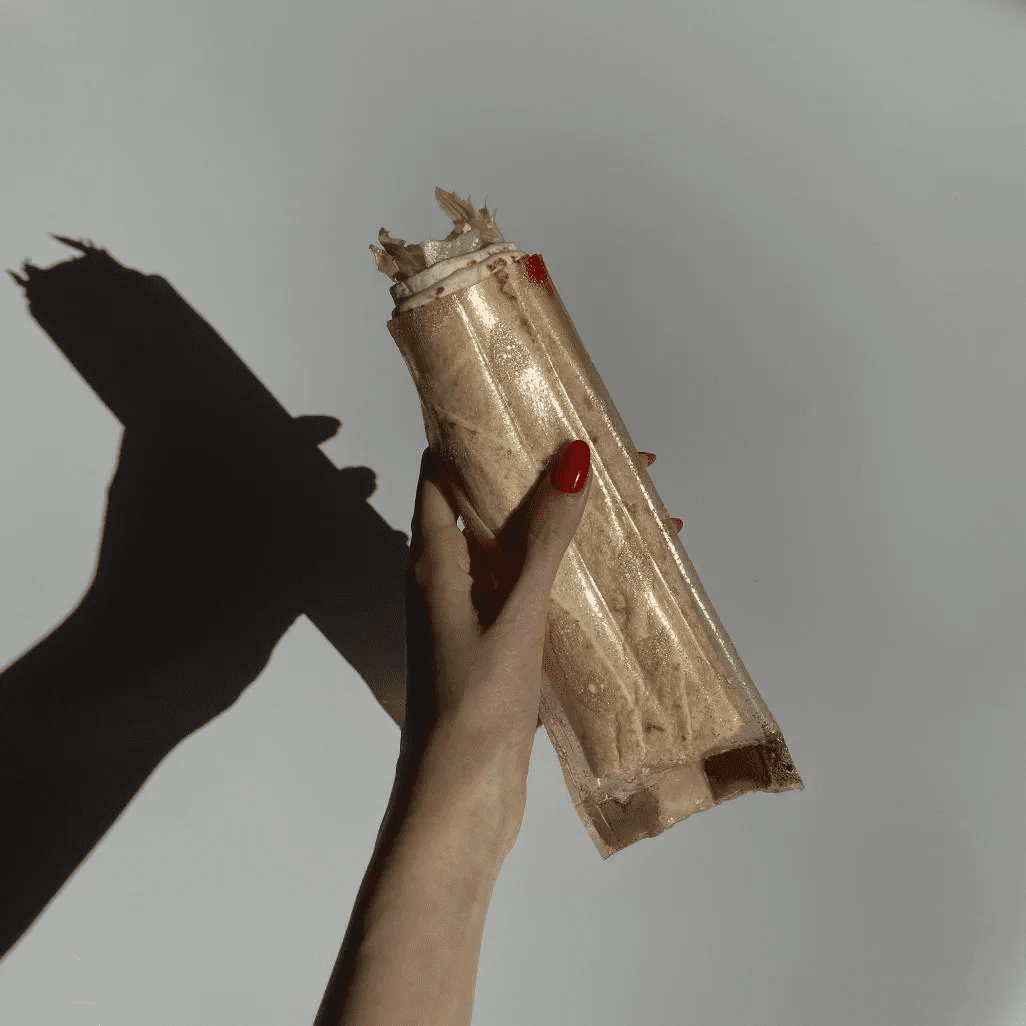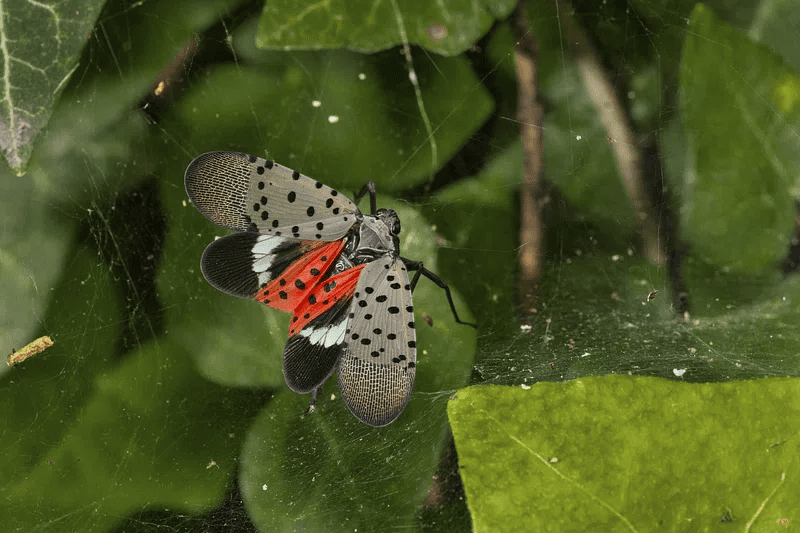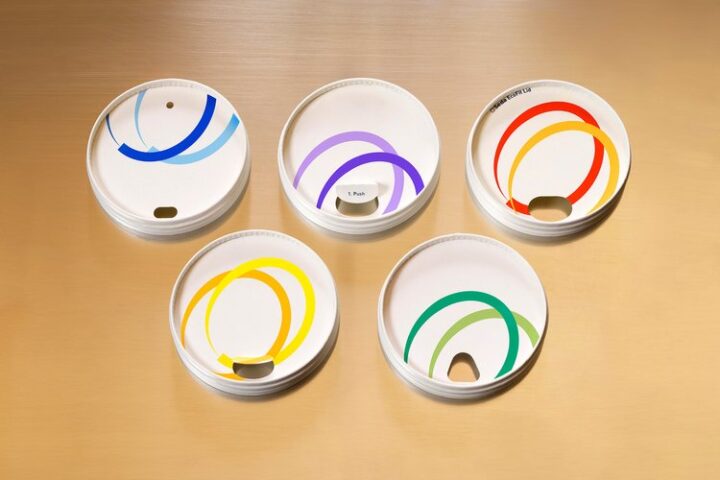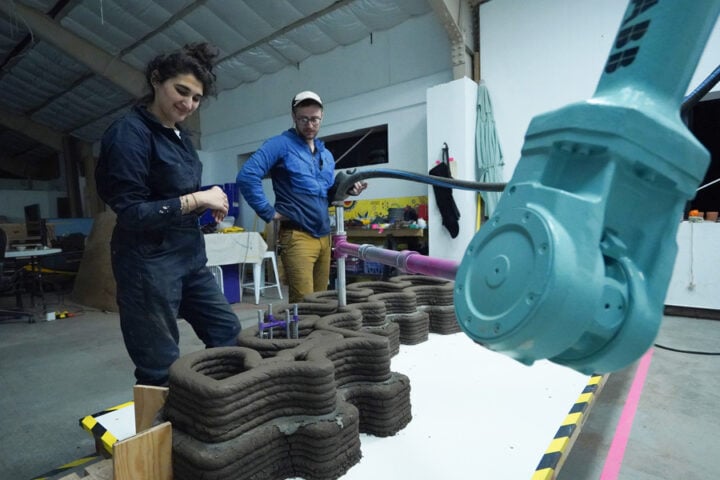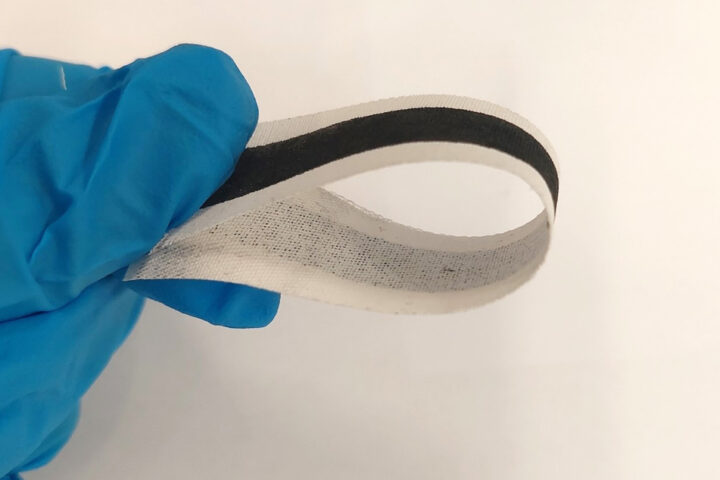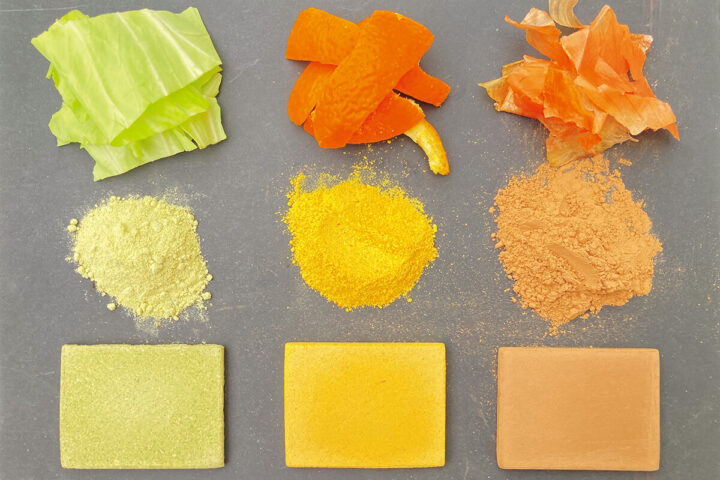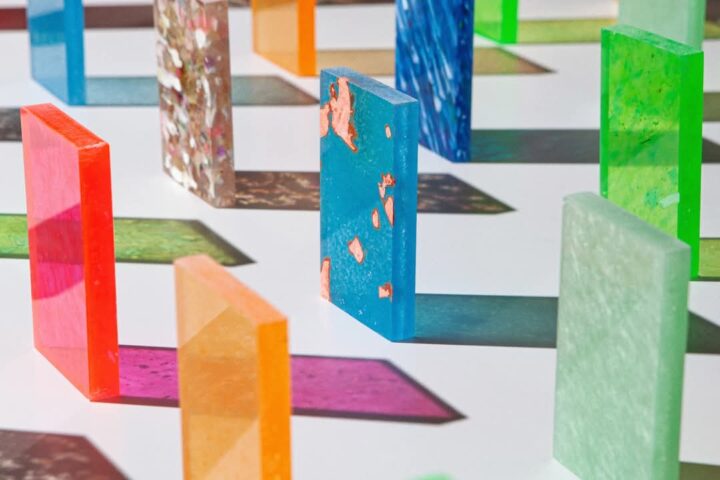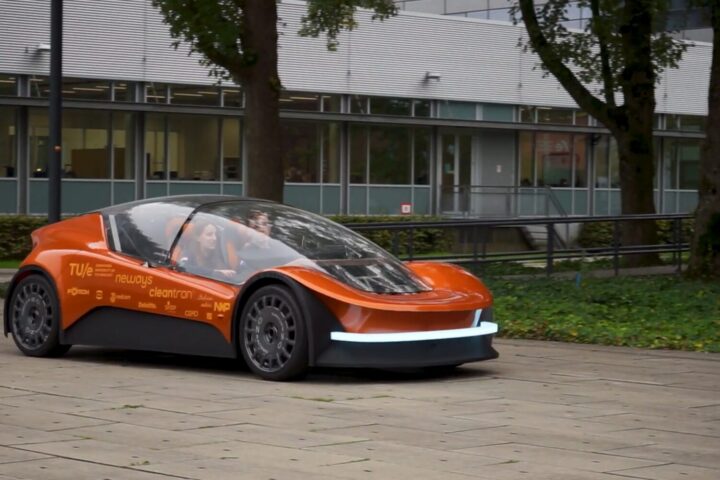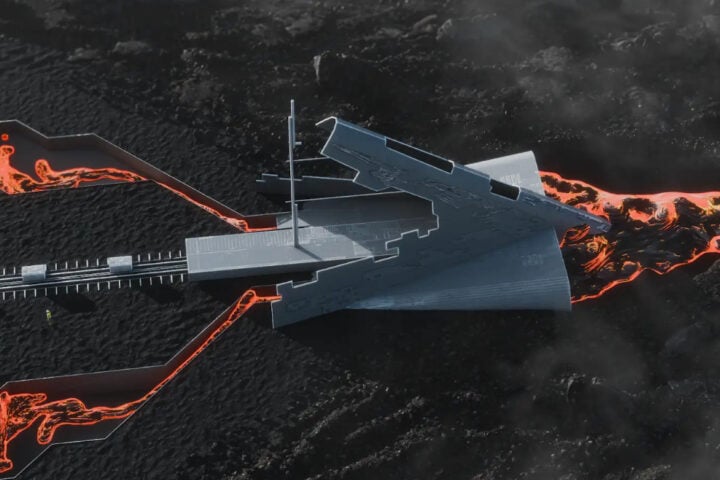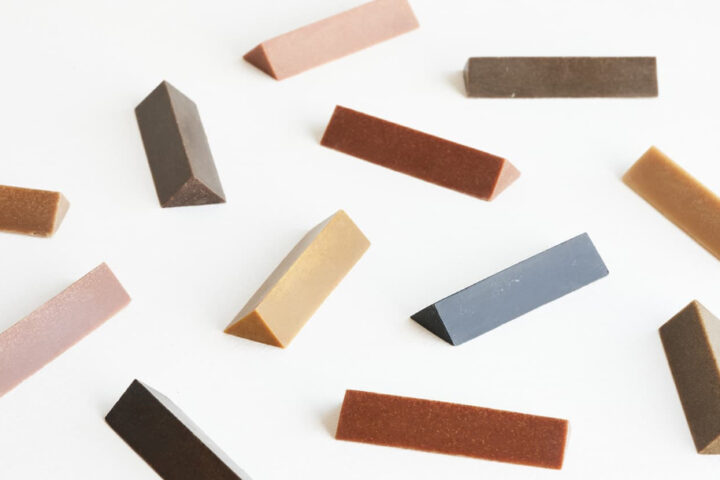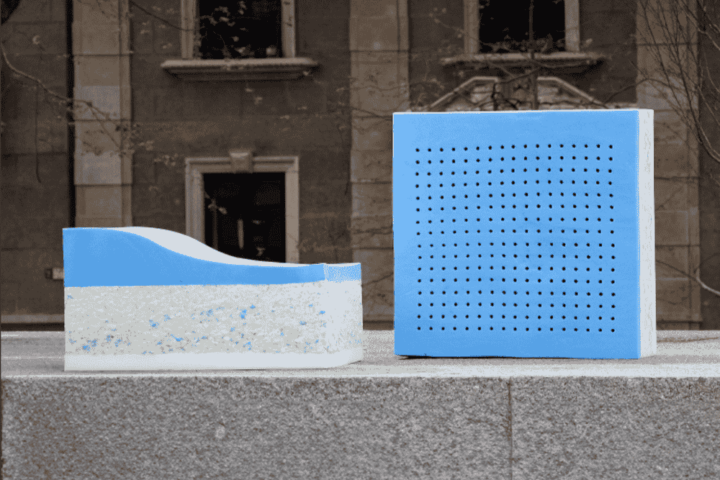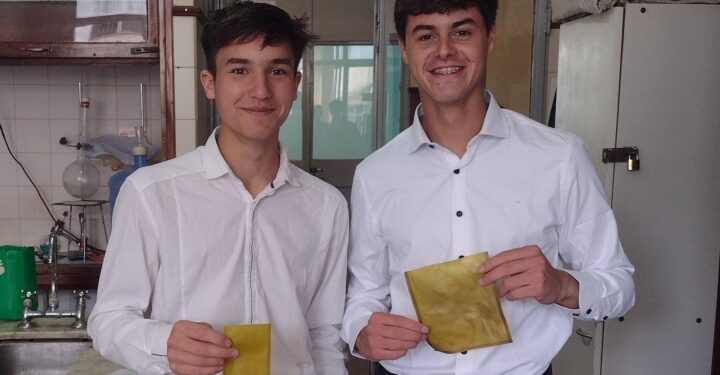In a world harmed by the devastating consequences of disposable plastics, industrial designers Zumra Yagmur Cetinler and Damla Ertem have emerged as visionary innovators in the field of bio-based materials, presenting Bio’C and Burn’tShell, a transformative solution to address the pressing issues caused by disposable plastics, as well as recognizing the immense untapped potential harm caused by food waste, such as egg shells, and striving to upcycle these materials by transforming them into functional and captivating materials. The alarming rise in plastic waste production, surpassing 350 million metric tons annually, highlights the urgent need for such innovative approaches to combating plastic pollution. Çetinler presented her graduation project at the prestigious Dutch Design Week, which shifted to an online format for its 19th edition in response to the Covid-19 pandemic. Her participation took place in the exhibition titled “Materialized” by IsolaDesignDistrict. The projects led by them hold profound implications that go beyond their immediate environmental advantages.





The founder and designer, Zumra Yagmur Cetinler, has stated “The harm caused by disposable plastics has reached an indispensable point. The harm it causes on earth, especially the water ecosystem, affects every creature and part of living environments”. The initiative, known as Bio’c, aims to revolutionize the packaging industry. It focuses on creating non-destructive, single-use plastics that do not demand a complete overhaul of consumer habits. By harnessing the potential of food residues and introducing inventive recipes and methodologies, they are at the forefront of a transformative movement, reshaping the landscape of takeaway food and beverage packaging. Their work has a far-reaching impact that extends far beyond packaging, encompassing a wide range of practical implications. Through the utilization of biomaterials, Bio’c explores innovative ways to integrate auxiliary ingredients, such as sauces and spices, directly into the packaging itself. This shift to bio-based materials is crucial for conserving the Earth’s ecosystems and the broad variety of creatures that rely on them. Their work approaches have extensive implications across multiple industries, incentivizing widespread change and driving the adoption of environmentally responsible practices.
In addition to addressing plastic pollution, this campaign recognizes the negative environmental impact of food waste. It recognizes the enormous untapped potential in common food waste, such as eggshells, and is committed to upcycling them into functional and attractive decorations and vessels. Burn’tShell incorporates two sustainable materials in its design. The bottom pieces are crafted using eggshells, while the outer shells are made from tapioca starch. Around 30 eggshells are repurposed for each unit, undergoing a transformation to become the outer shells of the product. The recipe used includes tapioca starch, which gives rise to organic forms that possess their own inherent performance characteristics. By repurposing eggshells and utilizing sustainable materials, Burn’tShell contributes to reducing the harmful effects of eggshell waste on the environment. The unique design of Burn’tShell products takes advantage of the innate properties and potential of the materials. Through specific processes, the materials self-form into eye-catching pieces with intriguing curves.




Bio’c and Burn’tShell inspire sustainable design, challenge conventions, and repurpose food waste like eggshells, paving the way for a future of minimized waste, maximized resources, and a protected environment.
